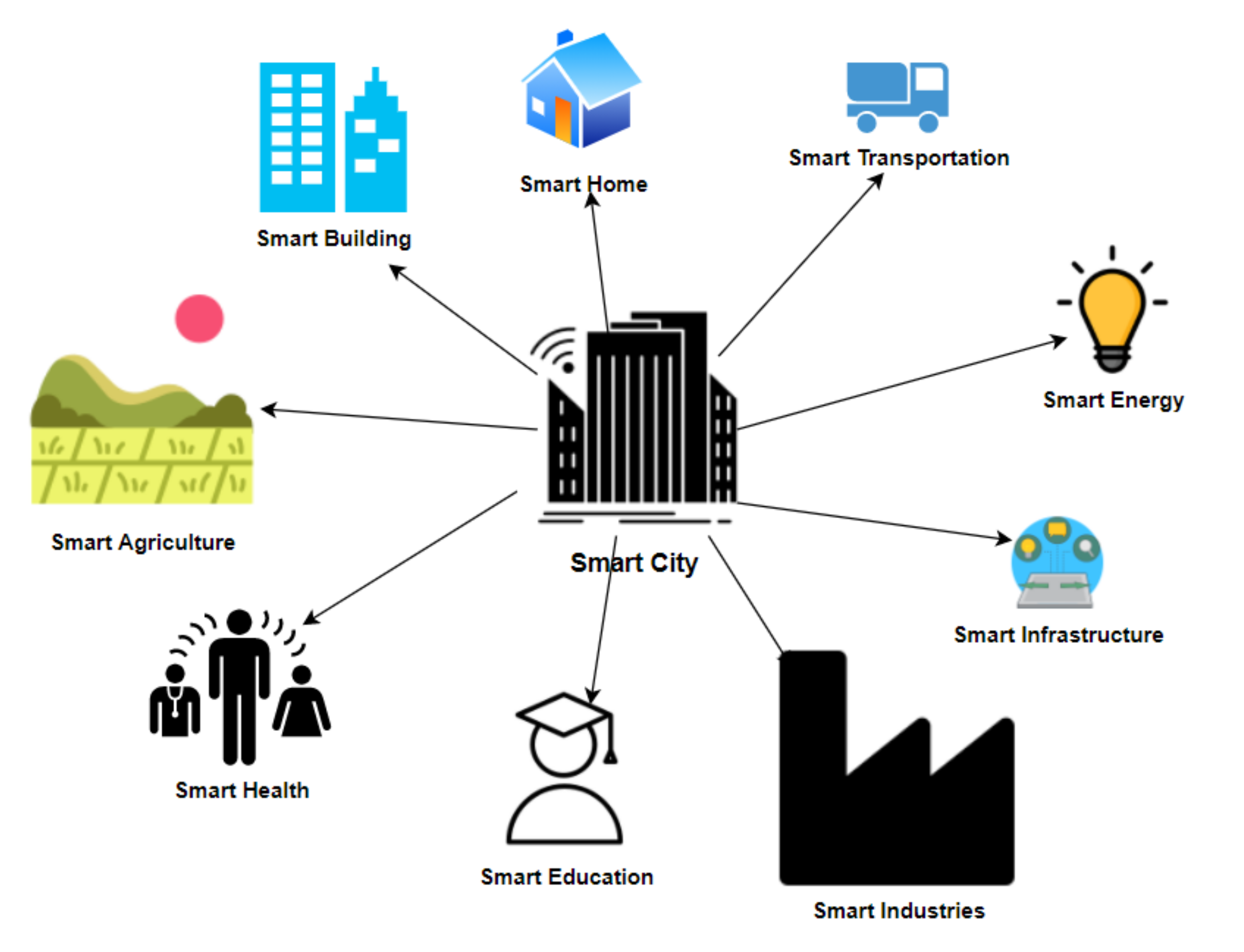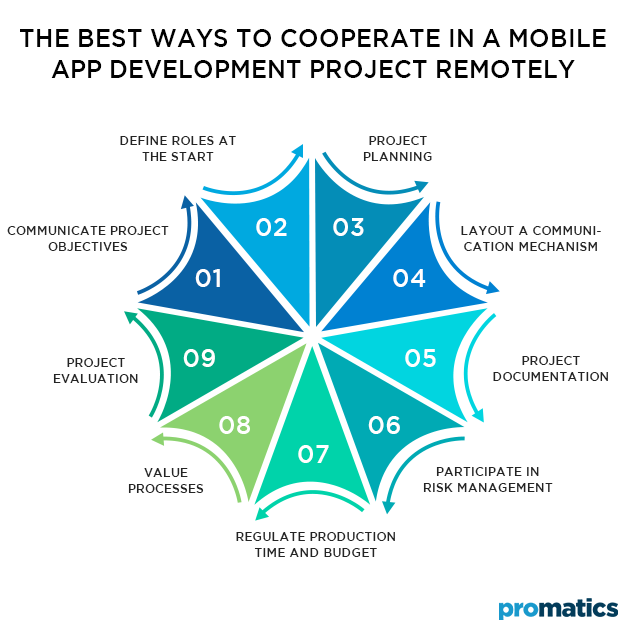Mobile applications have become an integral part of our daily lives, providing us with easy access to information, entertainment, and services. But the path to the sleek and efficient mobile apps we use today has been a journey filled with innovations, setbacks, and breakthroughs. In this blog post, we’ll delve into the fascinating history of mobile app development, tracing its evolution from the humble beginnings of Wireless Application Protocol (WAP) to the cutting-edge world of Progressive Web Apps (PWAs).
The Birth of WAP: Limited but Revolutionary
The late 1990s marked the emergence of mobile internet, and with it, the introduction of Wireless Application Protocol (WAP). WAP allowed users to access simplified web content on their mobile devices, paving the way for mobile app development. However, these early mobile apps were rudimentary at best, offering limited functionality and often requiring a connection to a dedicated server.
Rise of Native Apps: A Game-Changer
The early 2000s witnessed a significant shift with the advent of native mobile apps. Apple’s introduction of the App Store in 2008 revolutionized the way we interacted with our smartphones. Native apps were designed specifically for a single platform (iOS or Android), enabling developers to harness the full power of the device’s hardware and operating system.
The advantages of native apps were clear: they delivered superior performance, access to device features like the camera and GPS, and an enhanced user experience. However, developing and maintaining separate codebases for iOS and Android posed challenges for developers and increased development costs.
The Era of Cross-Platform Development
To address the fragmentation problem, cross-platform development frameworks like Xamarin, PhoneGap (now Apache Cordova), and React Native emerged. These tools allowed developers to write code once and deploy it across multiple platforms, reducing development time and costs.
React Native, in particular, gained popularity for its ability to create near-native experiences on both iOS and Android. Developers could use a single codebase, written in JavaScript, to build apps that looked and felt native. This marked a significant step toward streamlining mobile app development.
Enter Progressive Web Apps (PWAs): The Future of Mobile
As we move further into the 21st century, Progressive Web Apps (PWAs) are emerging as the next big thing in mobile app development. PWAs combine the best of both worlds: the accessibility of web apps and the functionality of native apps.
PWAs offer several advantages:
Cross-Platform Compatibility: PWAs run on any device with a modern web browser, whether it’s a smartphone, tablet, or desktop. This universal accessibility reduces development efforts and ensures a wider audience reach.
Offline Functionality: PWAs can work offline or with a limited internet connection, thanks to service workers. This feature addresses a common limitation of native apps and improves user retention.
Reduced Installation Friction: Unlike native apps, PWAs don’t require users to download and install them from an app store. Users can add them to their home screen with a single tap, making the onboarding process smoother.
Cost-Effective Maintenance: Maintaining a single codebase for PWAs simplifies updates and reduces maintenance costs compared to managing separate iOS and Android apps.
Improved SEO: PWAs are discoverable through search engines, making them more visible to potential users. This can be a significant advantage for businesses looking to expand their online presence.
Real-World Examples of PWAs
Several notable companies have embraced PWAs to enhance their mobile presence:
Twitter: Twitter Lite is a PWA that provides a faster, data-efficient alternative to the native app, making it accessible to users with slower internet connections.
Pinterest: Pinterest’s PWA loads quickly, even on low-end devices, and offers a seamless user experience, leading to increased user engagement.
Starbucks: Starbucks uses a PWA to allow customers to order and pay for their favorite drinks, even when they’re offline or in areas with poor connectivity.
The Road Ahead
The evolution of mobile app development has been marked by continuous innovation and adaptation to meet the changing needs of users and businesses. From the early days of WAP to the current era of PWAs, each phase has brought its own set of challenges and opportunities.
As we look to the future, it’s clear that PWAs are poised to play a pivotal role in mobile app development. Their ability to deliver a seamless user experience across various platforms, coupled with cost-effective maintenance, makes them an attractive option for businesses and developers alike.
However, it’s essential to keep an eye on emerging technologies and trends in the ever-evolving landscape of mobile app development. As new platforms, devices, and user behaviors emerge, staying agile and adaptable will be key to continued success in this dynamic field.
In conclusion, the evolution of mobile app development from WAP to PWA has been a remarkable journey, characterized by constant innovation and a drive to provide the best possible user experience. As we move forward, the mobile app landscape will undoubtedly continue to evolve, offering exciting possibilities for developers and users alike. Whether you’re a seasoned developer or a business owner looking to establish a mobile presence, understanding this evolution is crucial for staying competitive and meeting the ever-changing demands of the mobile market.





